0
Your cart is empty. Let's change that!
Shop our productsOops! Something went wrong while submitting the form.
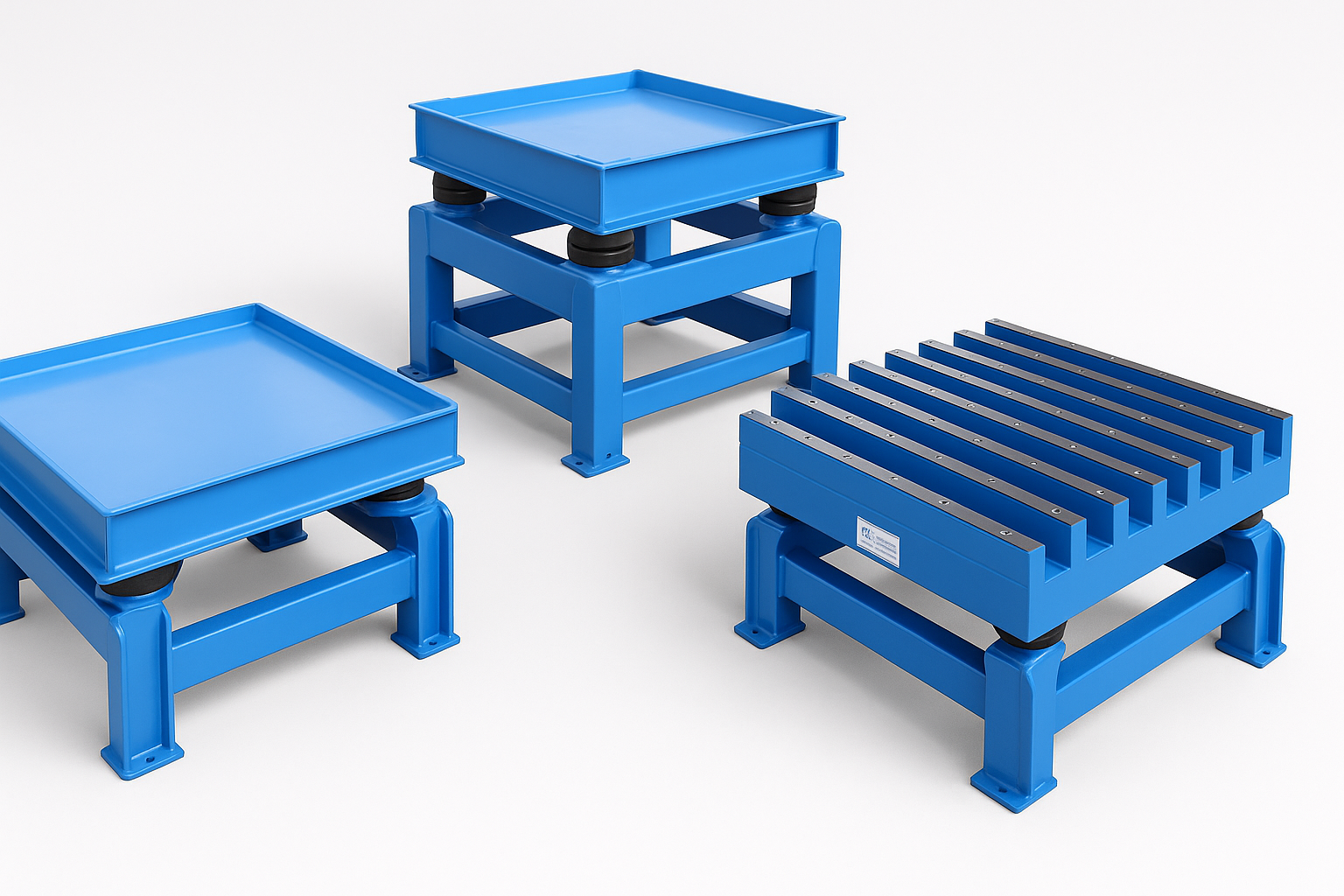
Choosing between a flat or grid vibratory table can shape how efficiently you pack, mold, or compact your products. This quick guide breaks down the real-world differences so you can make the right call with confidence.
Choosing the right vibrating table can feel like a big decision because it is! Whether you’re packing products, setting concrete, or working with molds, the vibratory table you choose significantly impacts your quality, speed, and overall success.
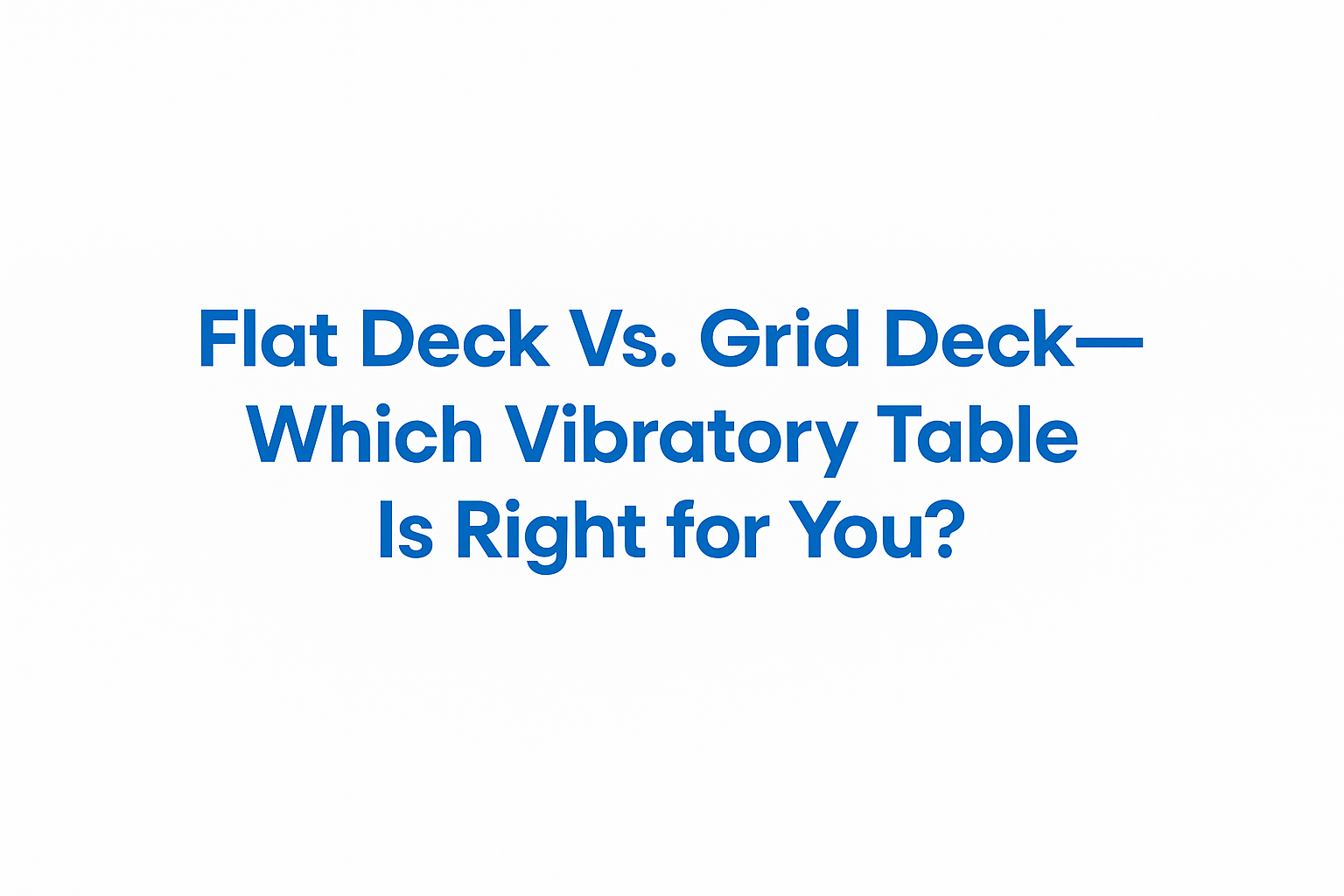
So let’s talk about the two big players in the game— flat vs grid vibrating table.
This guide is here to make choosing vibratory table design simple and stress-free. No techy talk, no fluff — just real info to help you figure out what works for your operation.
Let’s break it down.
Before we jump in, a quick refresher.
A vibratory table is an equipment that shakes to help materials settle or spread evenly. You will find them everywhere: in food packs, concrete casts, and in laboratory tests.
All are shaking, but the construction goes a long way to determine their performance in a given task.
Let’s dive into what really separates them.
Flat Decks are like a big sturdy table. You place your product — like a box, container, or mold — directly on top. The vibration is even and clean.
Perfect for
Grid Decks, on the other hand, are like grill top. Items are either supported above or rest inside custom holders. Vibration goes through them.
Great when you need to
Real Talk
If your product sits in a container, go flat. If your product is the container (like a mold), the grid’s your buddy.
Flat Deck Tables pass vibration to the bottom of your load. Excellent for anything that requires under-settling or compaction.
Grid Deck Tables offer you greater flexibility. The vibration goes through the grid and reaches additional points of contact. That is particularly important when dealing with molds or pieces that require uniform compaction on all sides.
Need vibration to reach more than just the bottom surface? Go grid.
These are the two main designs
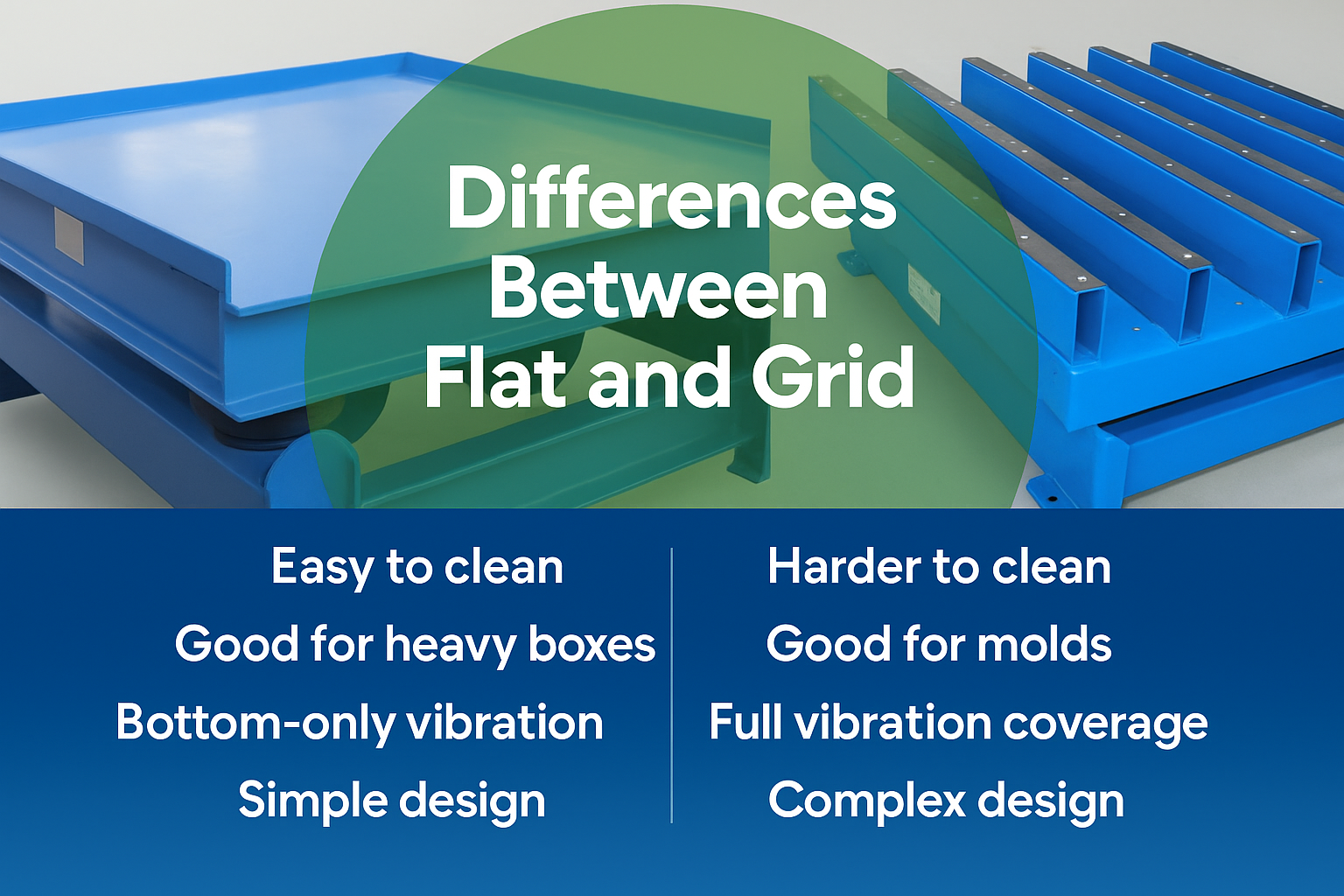
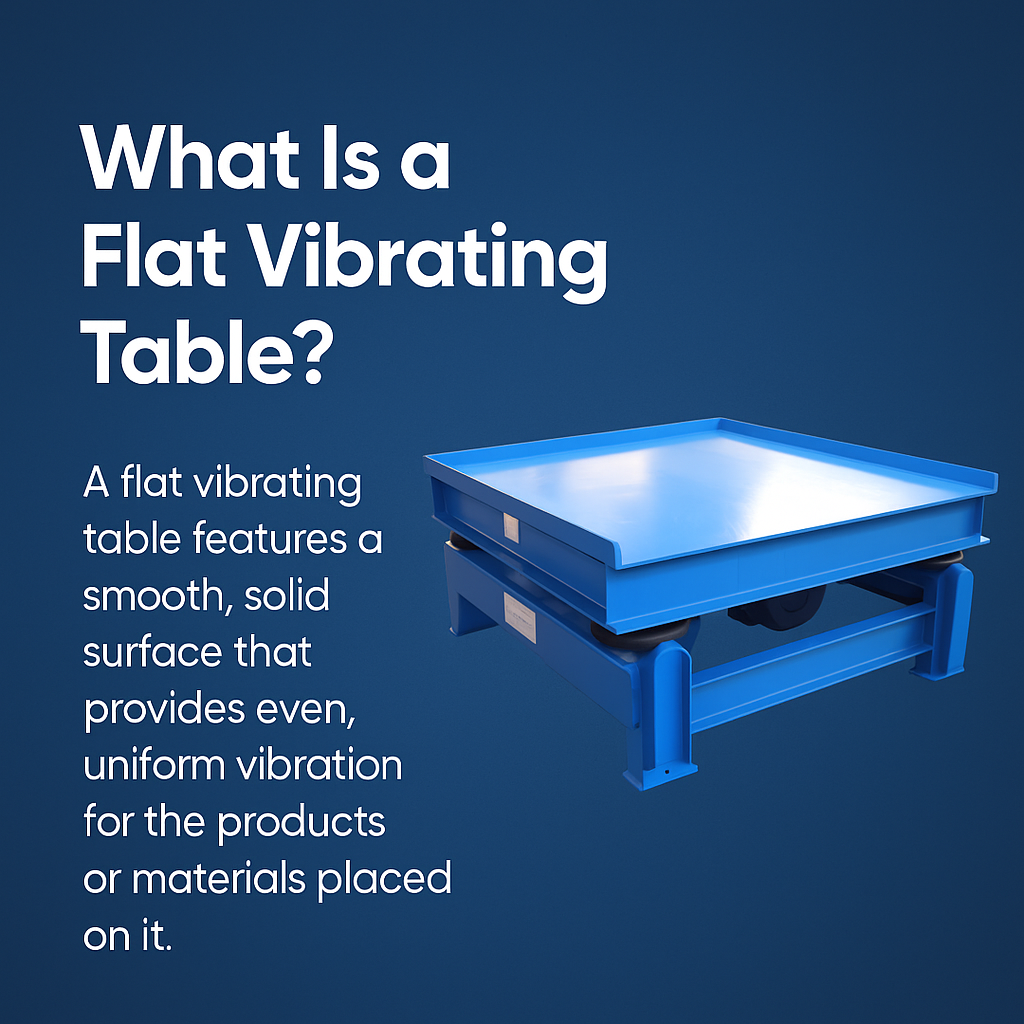
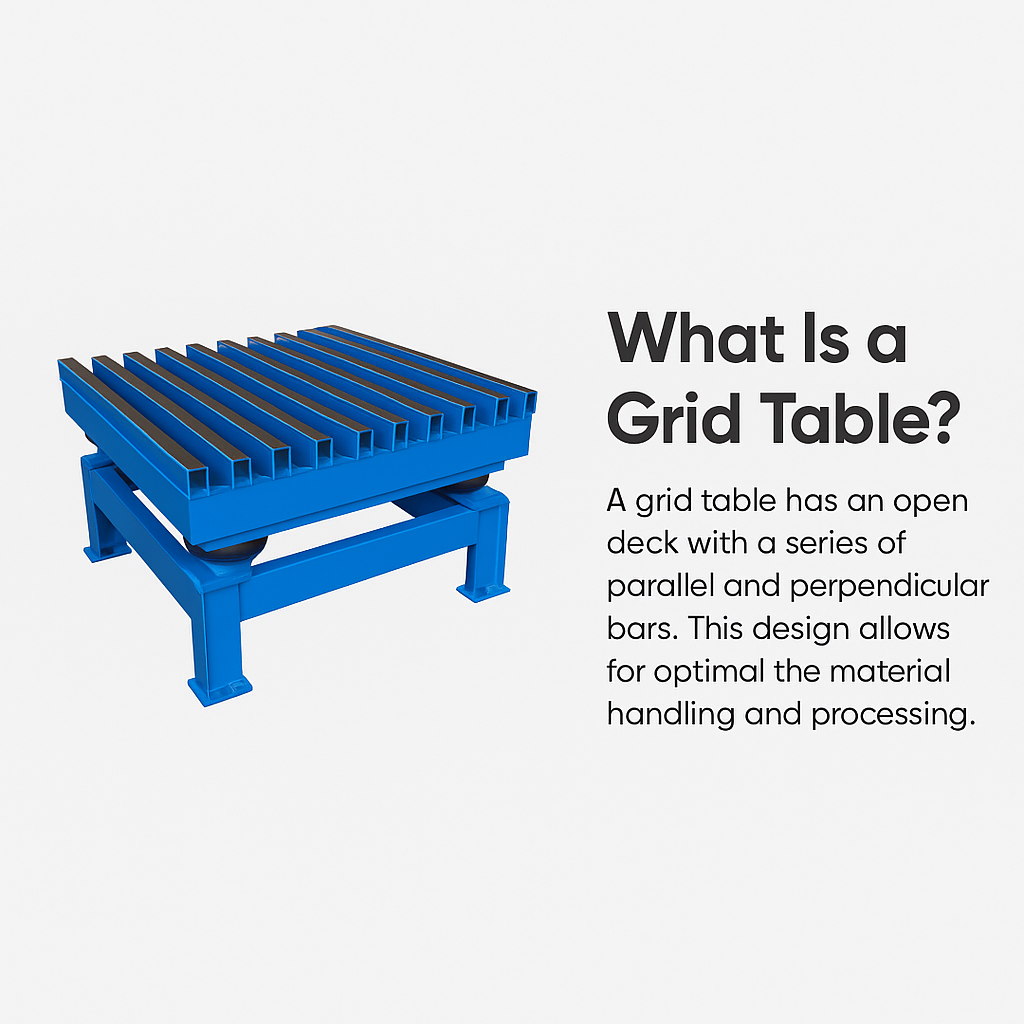
They appear differently. They behave differently. And with your job, it can save you time, money, and maintenance headaches.
Let’s dive into what really separates them.
Flat Decks are like a big sturdy table. You place your product — like a box, container, or mold — directly on top. The vibration is even and clean.
Perfect for
Grid Decks, on the other hand, are like grill top. Items are either supported above or rest inside custom holders. Vibration goes through them.
Great when you need to
Real Talk
If your product sits in a container, go flat. If your product is the container (like a mold), the grid’s your buddy.
Flat Deck Tables pass vibration to the bottom of your load. Excellent for anything that requires under-settling or compaction.
Grid Deck Tables offer you greater flexibility. The vibration goes through the grid and reaches additional points of contact. That is particularly important when dealing with molds or pieces that require uniform compaction on all sides.
Need vibration to reach more than just the bottom surface? Go grid.
To be honest, nobody ever enjoys cleaning industrial gear.
If effortless cleaning is your top priority, then flat is the winner in this category.
However, in case your workflow requires such an open design, the grid is worth it; you just have to allow some extra cleaning time every day.
Both types of tables can be tailored, however, not in the same manner.
Bottom line? Consider what you are serving on the table. Then select that which is most adapted to fit it or is to be constructed about it.
Got heavy products? Go flat.
Flat deck tables are constructed sturdily to carry heavy and dense loads. They are usually constructed of reinforced steel plates and can support heavier weights without issue.
Grid decks are more lightweight and precision-oriented rather than heavy. They are perfect when you want finesse rather than force.
So, if you're compacting concrete or vibrating large, loaded boxes, flat's your friend.
When handling lighter molds or plastic components, the grid is gold.
Flat Deck
Grid Deck
Comparing the types of flat vs grid vibrating tables, the shape of your product, and the properties of the material you are using will most likely simplify the decision.
Have an urgent installation? The flat decks can be placed and usable out of the box. Most general setups are plug-and-play with them.
Grid decks typically require modifications to fit specific molds or shapes. They require a bit more setup time, but in exchange, they provide greater accuracy.
Tip
If you're changing products often, go flat. If your process stays the same, the grid is worth the effort.
Both designs use vibration; therefore, both make noise. Yet there are certain differences.
Regarding power consumption, it is more dependent on the type of motor than on the deck. However, in general
Curious about efficiency? Explore vibratory tables at Best Process Solutions.
Both tables are safe as far as safety is concerned, but there are certain things to be aware of.
Flat decks— When operating at an elevated frequency, be vigilant for the shifting or tipping of loads.
Grid decks— Finger pinch areas may occur, or small objects can fall through the grid.
Grid decks may expose pinch points, depending on the layout. It’s essential to follow OSHA machine safety guidelines when operating vibratory equipment.
Wish to make your setup safer? You may want to consider installing guards or safety enclosures, especially for operators who are located nearby.
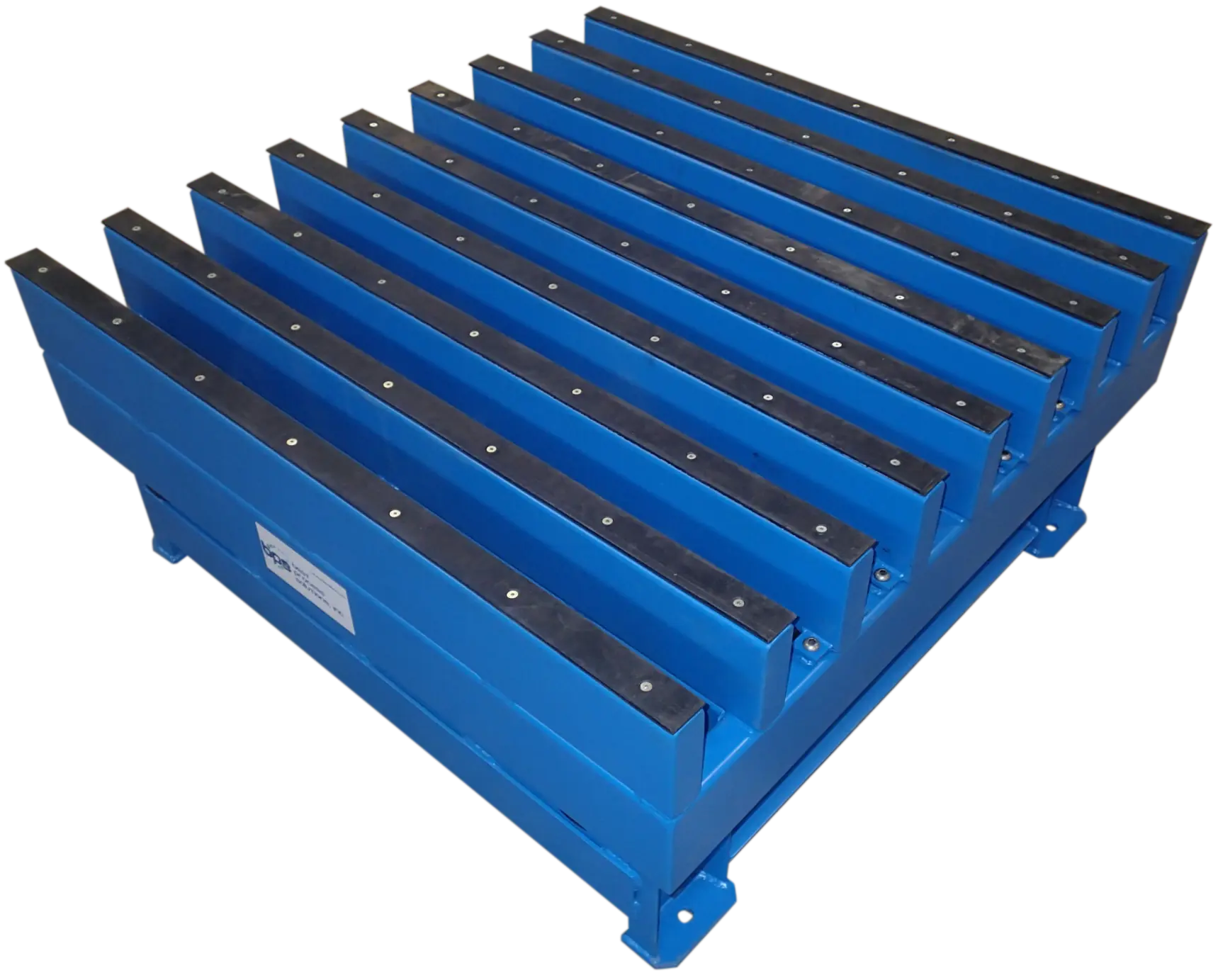
High-quality grid deck vibratory tables designed for maximum durability and efficient material sorting. Get yours today.
Learn More
Browse flat deck vibratory tables for precise material handling and processing. Ensure efficiency and reliability with equipment.
Learn MoreFlat deck tables are usually less expensive upfront. Fewer custom parts. Simpler structure.
Grid deck tables tend to cost more, especially if they require custom mounts or holders.
But here's the thing: when choosing vibratory table design, don’t just think about cost today. Think about long-term value — fewer product errors, better quality, and less rework.
If you’re trying to decide between a flat vs grid vibrating table, it really comes down to your product and how it behaves under vibration.
When choosing vibratory table design, consider its packaging, available space, and the frequency of cleaning or adjustment when making your decision.
Even that is not clear? Contact an expert. Best Process Solutions engineers are ready to assist you in finding the appropriate model, thereby preventing trial and error, which is an expensive and inefficient approach.
Here are some common questions. Please contact us if you have a question we didn't answer.
Flat deck tables provide vibration from the bottom only and are great for containers and heavy loads, while grid deck tables offer more contact points, ideal for molds and delicate components.
Grid deck vibratory tables are typically better for concrete casting since they allow vibration from underneath and can be customized to fit specific mold sizes.
Yes, grid decks often require more cleaning effort due to open slats where dust and debris can settle, while flat decks have a smooth, easy-to-wipe surface.
Consider your product’s shape, weight, whether it’s in a container or mold, your cleaning capacity, and whether you need fast setup or custom configurations.